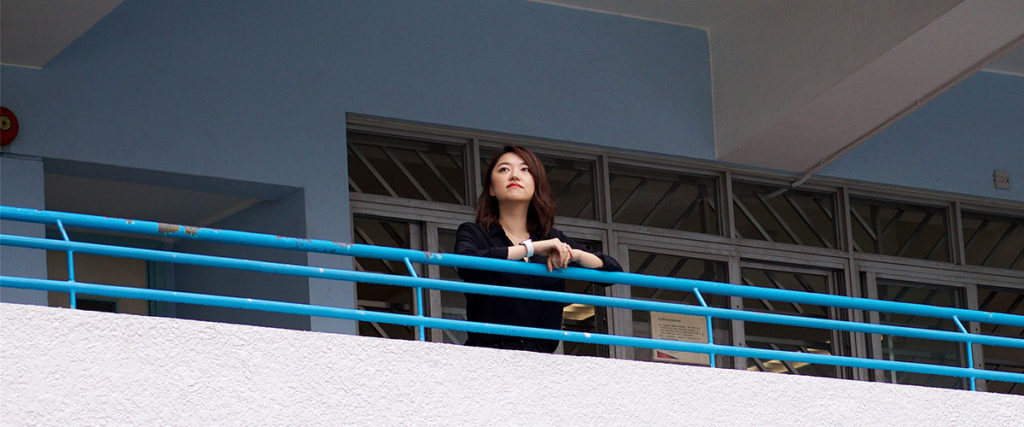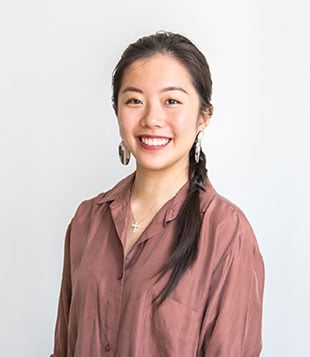Amidst the recent wave of student suicide tragedies in Hong Kong, Dr Jamie Chiu, co-founder of The Brightly Project, has developed a chatbot that thinks like a therapist. Find out why she thinks technology holds the key to combating mental illness in schools here.
On 13 October 2018, a 10-year-old boy was found having hanged himself in his bedroom in Hong Kong. His death was a huge shock, especially to those close to him. More alarmingly, his was the third student suicide in Hong Kong in a week, the latest in a spate of such tragedies in the city. “That’s what always happens. The news comes unexpectedly because the victim usually has good grades, is perhaps quite bubbly on the outside – no one sees it coming,” says clinical psychologist Dr Jamie Chiu. “By the time you know something is wrong, it’s too late.” Now, she’s setting out to change that with technology.

In her work, Jamie has witnessed firsthand how mental illness can push youngsters to the brink of suicide. Growing up, the doctor was one of them, silently battling with depression and anxiety in her teenage years. “There’s this stigma, not just from people around you, but also from yourself, where you’re worried that your illness is something that’s undesirable, especially in a culture where emotional needs tend to be downplayed or repressed,” she remembers. And today, it is no better. “We’re hyperconnected yet isolated,” she explains. “Teenagers do want to share, but they rarely have the chance to talk about themselves due to us always wanting something from them, always pushing them for better grades or achievements. So, rather than putting pressure and further expectations on them, we should take the time to get to know them better.” To do just that, she’s harnessing technology with her startup The Brightly Project, an initiative focused on developing apps and programs connecting students with mental health support.
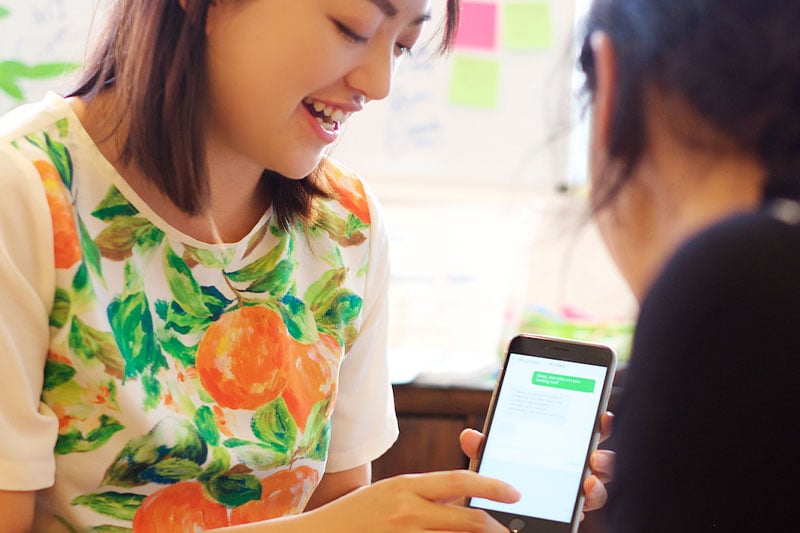
It was her work as a school counsellor and doctorate researcher that led Jamie to the conclusion that big changes were required. “Treatments for mental illnesses have failed to keep up with changing needs. They’re still based in the 1960s, where you meet someone once a week to talk about your life,” she explains of the status quo. She found the lengthy process of assessment interviews and written surveys required to connect students with therapists clinical and unsympathetic – a hunch proved when a student broke down in front of her, having completed one such questionnaire. “I felt really bad because something I did with good intentions ended up being such a bad experience for these kids. That was the turning point for me.”
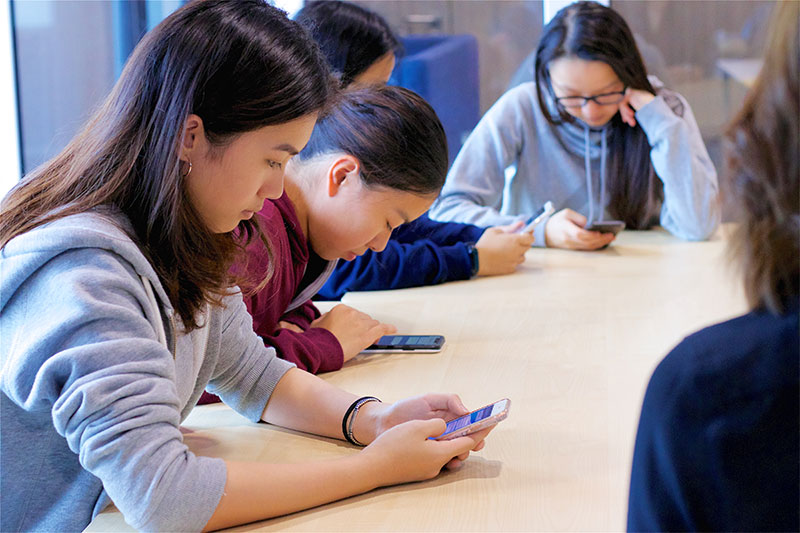
That turning point led to the foundation of The Brightly Project, started with her partner Mark Altosaar in late 2016. Their latest initiative is ‘Know My Students,’ a text-messaging platform. Designed by Mark, who has a background in human-computer interaction, it allows users to interact with a chatbot which poses as Jamie in the conversation. The exchange begins with ‘Jamie’ sharing her personal journey, a gesture to break the ice and build trust, and follows with a series of guiding questions based on their responses. “We try to cater the language as close to how the kids feel so to make it more relevant, and then we map that back to the underlying psychology concepts that we measure,” she explains. They analyse the responses, screening for any red flags so they can connect at-risk teens with the help they urgently need. “What we discovered is that a lot of students didn’t know who to talk to in school, they find it awkward to ask for help. But now, we got our chatbot to say, ‘hey you’re showing all these signs of stress, would you want to talk to a counsellor?’ It’s much easier for the student to say yes at that point.”
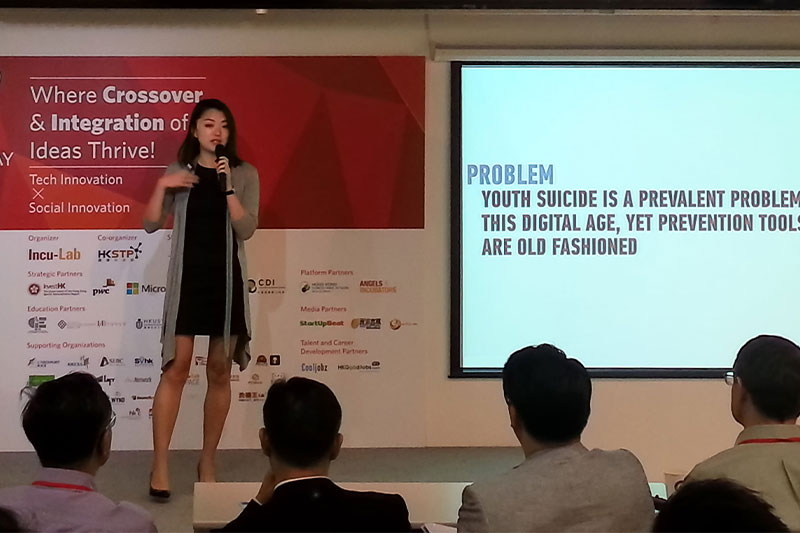
Jamie believes technology is a key enabler, not only in speeding up the screening process but also in offering a more comprehensive treatment plan. “The prevention measures in schools typically tend to be unidimensional, which is a big limitation. For example, if the school thinks bullying could lead to suicide, they will only tackle bullying. But humans are complex, we can’t just pinpoint one behaviour,” Jamie explains. “With the help of technology, we’re able to get a much more comprehensive understanding.””
Since piloting last year, Jamie’s Know My Students program has now been run in 10 schools in the city. “Every time we run our program, we’re able to connect struggling kids with their school counsellors.” Next up, she hopes to take it to schools in Australia and China, connecting students far and wide with the help they desperately need. “It gives me hope,” she declares. “It makes me feel like we’re doing something that’s at least changing the lives of some teens.” With her scalable technology, some could soon become many. And how great that success would be for everyone involved.
Related Articles
10 EdTech Questions That Parents Have, Answered by an Expert
EdTech 2020: The Future of Endless Possibilities
Snapask: The EdTech App Helping Millions of Students Learn Across Asia
